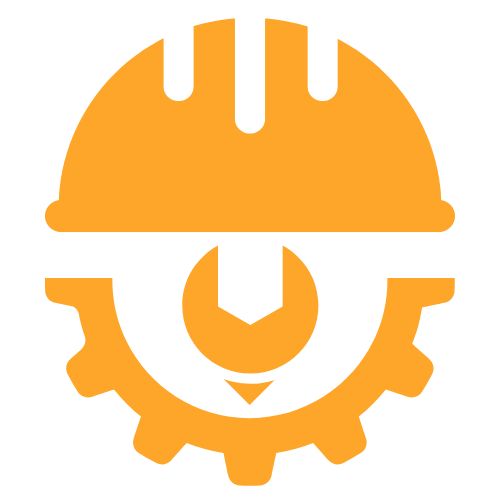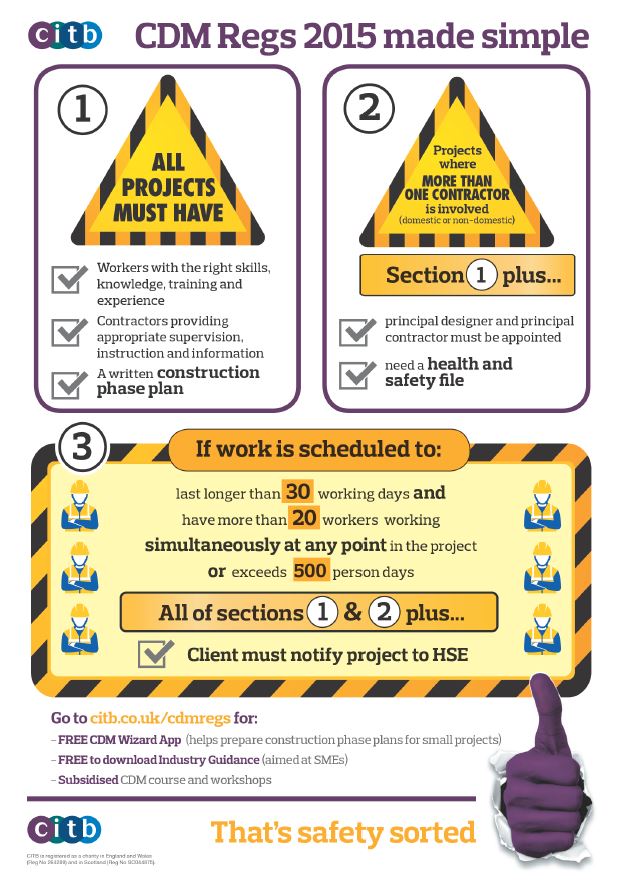Navigate the complex world of construction design and management regulations with confidence – your comprehensive roadmap to project success starts here.
Understanding CDM 2015: The Foundation of Construction Safety
The Construction (Design and Management) Regulations 2015, commonly known as CDM 2015, represent a significant milestone in UK construction safety legislation. These regulations, implemented by the Health and Safety Executive (HSE), establish a comprehensive framework for managing health, safety, and welfare in construction projects. Recent statistics show that CDM compliance has contributed to a 25% reduction in workplace accidents since its introduction. The regulations apply to all construction projects in Great Britain, regardless of size or duration, making them fundamental to the industry’s safety standards.
Notable changes from previous regulations include the abolition of the CDM coordinator role, introduction of the principal designer position, and simplified threshold requirements for HSE notification. The scope of CDM 2015 extends beyond traditional construction work, encompassing activities such as installation, commissioning, renovation, repair, upkeep, and demolition.
Core Duties and Responsibilities Under CDM 2015
- Client Responsibilities: – Appoint principal designer and principal contractor – Ensure sufficient time and resources – Provide pre-construction information – Verify duty holders’ capabilities – Maintain and distribute health and safety file
- Principal Designer Duties: – Plan, manage, and monitor pre-construction phase – Identify and eliminate/control risks – Ensure designers comply with their duties – Prepare and provide relevant information
- Principal Contractor Obligations: – Plan, manage, and coordinate construction phase – Organise cooperation between contractors – Check competence of appointees – Ensure site security and safety
- Designer and Contractor Duties: – Eliminate, reduce, and control risks through design – Provide information about residual risks – Cooperate with other duty holders – Report dangerous conditions
Essential Documentation and Planning Requirements
Proper documentation forms the backbone of CDM 2015 compliance. Studies indicate that 80% of successful projects maintain comprehensive documentation throughout their lifecycle. The pre-construction information package must include details about the project, site-specific risks, and existing health and safety arrangements. The construction phase plan, developed by the principal contractor, should outline the management arrangements for health and safety during construction.
The health and safety file, a crucial document for future maintenance and modifications, must contain relevant information about the completed project. This living document requires regular updates and should be readily accessible to those who need it.
Project Notification and Compliance Thresholds
- F10 Notification Required When: – Project exceeds 30 working days AND has more than 20 workers simultaneously, OR – Project exceeds 500 person-days
- Multiple Contractor Considerations: – Appointment of principal designer and contractor mandatory – Enhanced coordination requirements – Additional documentation needs
- Notification Process: – Submit F10 form to HSE – Display notification on site – Update as project progresses
Practical Implementation and Best Practices
Successful CDM implementation relies on robust communication channels and clear coordination protocols. Industry research shows that projects with established communication frameworks are 60% more likely to meet safety targets. Regular meetings, digital collaboration tools, and standardised reporting procedures help maintain effective information flow between all parties.
Training and competency verification are essential components, with all workers requiring appropriate skills and knowledge for their roles. Modern construction projects increasingly utilise digital platforms for document management and real-time communication, enhancing compliance efficiency.
Common Compliance Challenges and Solutions
- Key Challenges: – Unclear role definitions – Inadequate resource allocation – Poor communication channels – Incomplete documentation
- Risk Management Strategies: – Regular compliance audits – Clear delegation of responsibilities – Documented decision-making processes – Proactive risk assessments
- Enforcement Consequences: – Fines up to £20,000 in magistrates’ courts – Unlimited fines in crown courts – Potential imprisonment for serious breaches – Reputation damage
Ensuring Long-term CDM Compliance Success
Maintaining ongoing CDM compliance requires a systematic approach to monitoring and review. Establish regular audit schedules, implement feedback mechanisms, and maintain open channels for reporting concerns. Studies show that organisations with established review processes are 40% less likely to experience safety incidents.
Utilise available resources from HSE, industry bodies, and professional associations. Consider implementing digital compliance management systems to streamline processes and maintain accurate records. Regular training updates and competency assessments help ensure continued compliance as regulations evolve.
Expert Tips for CDM Implementation
- Small Projects: – Simplify documentation while maintaining essentials – Focus on clear communication channels – Utilise templated forms and checklists
- Large Projects: – Implement digital management systems – Establish dedicated compliance teams – Regular coordination meetings
- Future Trends: – Increased use of BIM for safety planning – AI-powered risk assessment tools – Digital compliance monitoring systems
Stay informed about industry developments and regulatory updates through professional memberships and continuing education. Remember that successful CDM implementation is an ongoing process requiring commitment from all parties involved in construction projects.
FAQ
What is Europe’s version of OSHA?
European Agency for Safety and Health at Work (EU-OSHA)
What is the CDM compliance platform?
The CDM Compliance Platform keeps your projects following best practice when delivering the legal requirements of Construction Design and Management (CDM) legislation.
What is a CDM permit?
The permit for the CDM project delineates essential precautions, fire safety measures, and designates authorized personnel responsible for supervising the operation. So, not only are they pretty cool for keeping people safe, but do you know what’s even cooler?
What is the European equivalent of the CDM regulations?
The CDM Regulations originated from the EU Directive 92/57/EEC of 24 June 1992, which sets out the minimum health and safety requirements for member states to implement on construction sites.
What does CDM stand for in construction?
Construction Design Management (CDM)
Sources
[1] https://www.ecoonline.com/en-us/glossary/construction-regulations-2015/
[2] https://www.procore.com/en-gb/library/cdm-2015-explained
[3] https://www.cdm-2015-regulations.co.uk


Leave a Reply